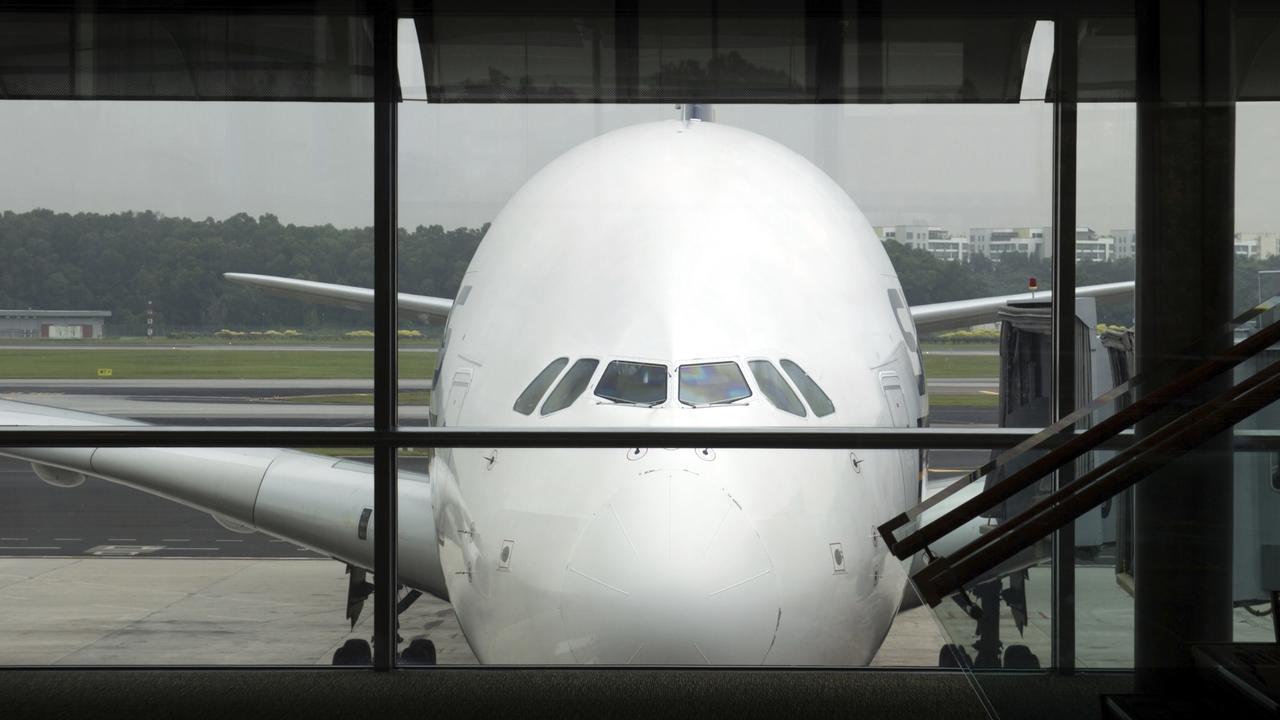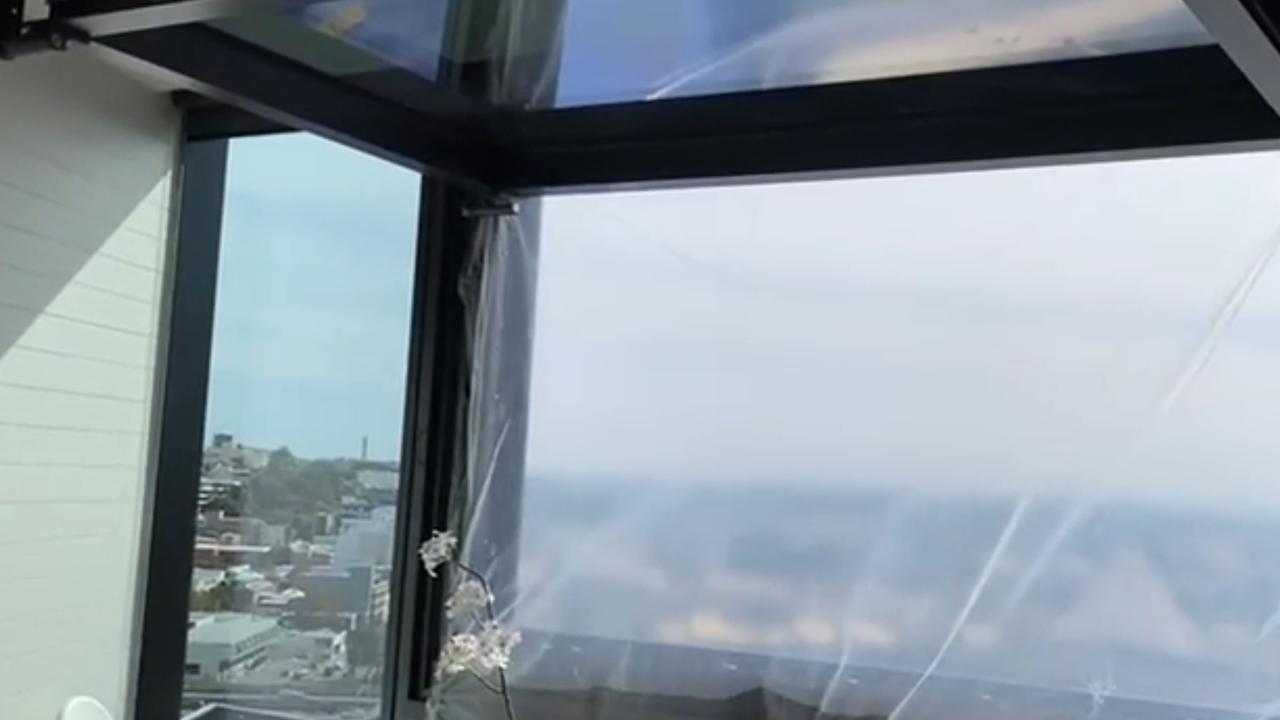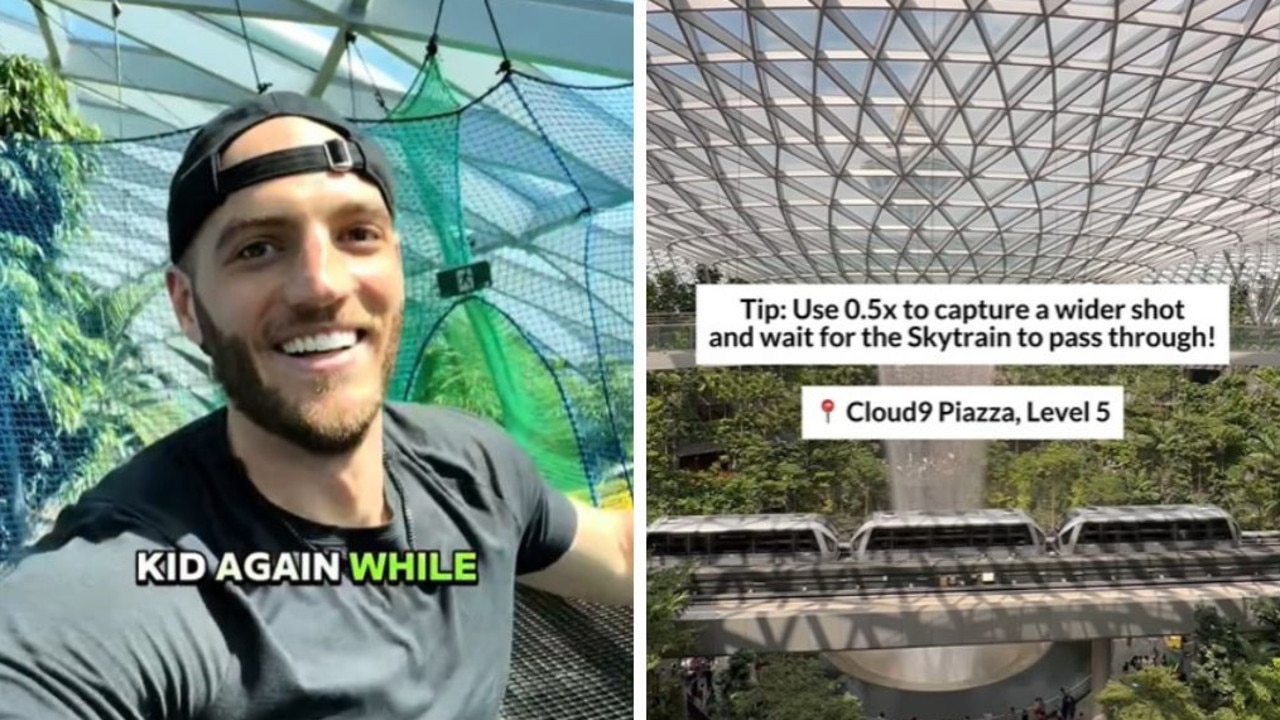Melbourne ‘a decade behind’ when it comes to new infrastructure
You would have thought Melburnians would be their city’s biggest fans but in several critical areas residents have lambasted it for being a “decade behind” Sydney.
Melbourne may have more hipster cafes, crowds at the footy and bars that open after midnight but in a crucial respect it’s a least a “decade behind” its big rival Sydney.
And that’s not the opinion of smug Sydneysiders, it’s the judgement of two prominent Melburnians, including Federal Minister for Cities, Urban Infrastructure and Population, Alan Tudge.
Speaking at the SMH Population Summit, Mr Tudge said Sydney had streaked ahead of Melbourne when it came to spending on new roads and rail.
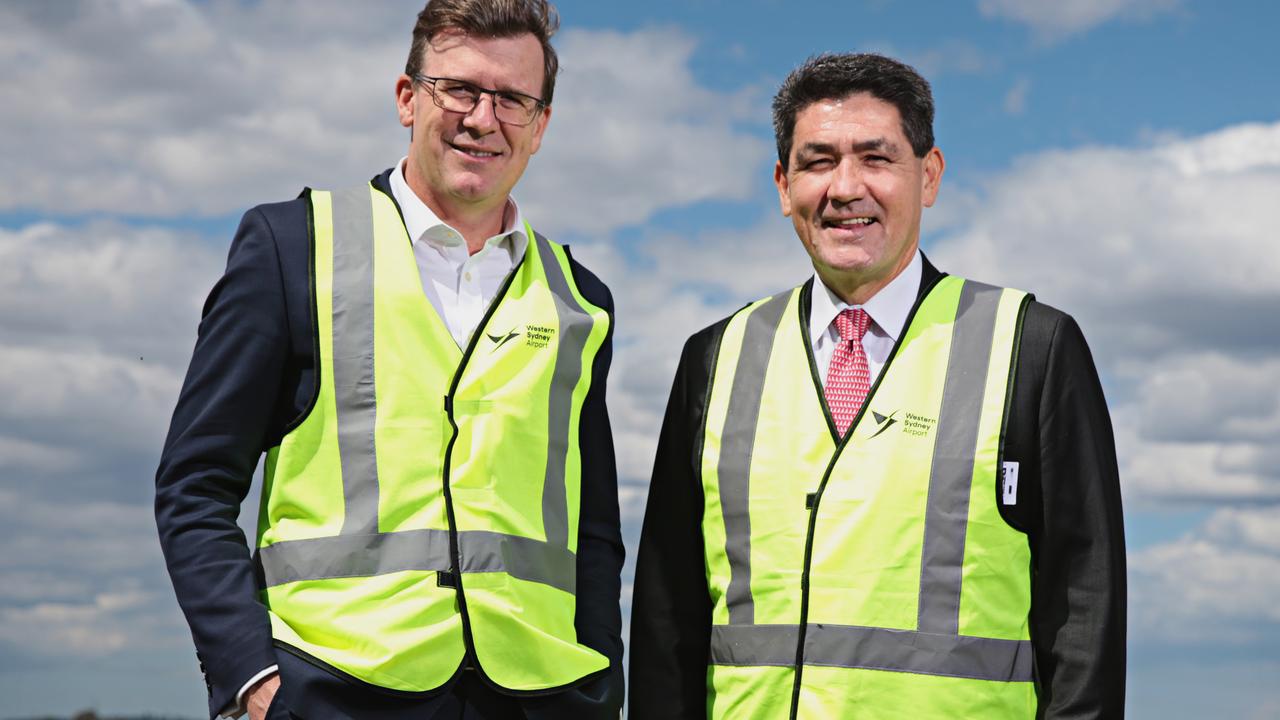
The infrastructure backlog would hamper efforts for Melbourne, which has some of the highest growth in Australia, to cope with a swelling population.
Another speaker at the event said Melbourne was one to two “economic cycles” behind Sydney and was still focused on its crowded CBD core while Sydney was making progress in decentralising and de-congesting the city.
But Victoria’s infrastructure minister said Mr Tudge was just scoring “cheap political points” and the state was busy improving its transport network.
SYDNEY AHEAD
Sydney’s population of 5.2 million is currently just 250,000 behind that of Melbourne. But Melbourne’s growth rate of 2.2 per cent is outpacing Sydney’s 1.8 per cent.
While plenty of overseas immigrants are moving to both cities, Melbourne is also seeing its population rise by Australians moving to it from elsewhere in the country.
By the mid-2030s, Melbourne is predicted to surpass Sydney’s as Australia’s largest city.
Both cities are in the midst of an infrastructure boom but Sydney is way ahead with the first phases of the West Connex motorway open for traffic, the Sydney Metro north west now carrying passengers and the Sydney CBD light rail due to open within months. Other road and rail projects are under construction or in planning.

“Australia’s (population) growth of 1.6 per cent per annum has put enormous pressure on liveability of our cities especially as housing approvals, infrastructure and services has not kept pace and this has been the case in the last decade or two in Sydney and Melbourne and to a lesser extent in South East Queensland,” Mr Tudge told the summit.
“In Sydney’s case, the infrastructure has partially caught up and that’s due to the huge expenditure of the New South Wales Government over the last few years supported by the Federal Government.
“Many projects are opening or about to open and that will transform this city.
“But in Melbourne, my home city, we’re still a decade behind on some of our infrastructure,” he said.
“Consequently, our city freeways have slowed in pace, the trains are frequently at crush capacity and housing and construction has not always kept pace with population growth putting pressure on process.”
At the same event, Chris McNeill, the director of economics at urban design consultancy Ethos Urban said Sydney was streaking ahead.
“Even as a proud Melburnian, I look at the infrastructure pipeline in Sydney with absolute awe.
“The rail projects that are under way in Sydney in particular are extraordinary and that comes from someone in Melbourne where there is a pretty significant pipeline of rail infrastructure in Melbourne as well,” he told news.com.au.
“I struggle to keep up with what’s going on in Sydney.”
He had said Melbourne was “one to two economic cycles” behind Sydney.
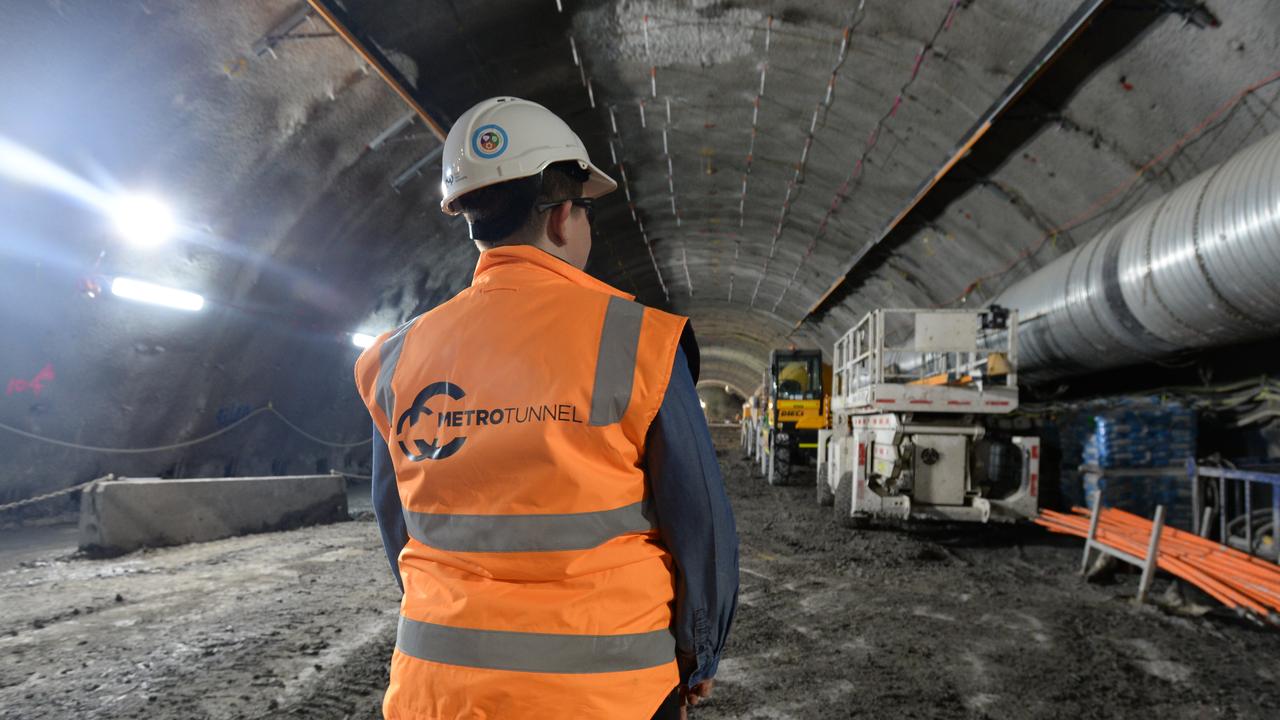
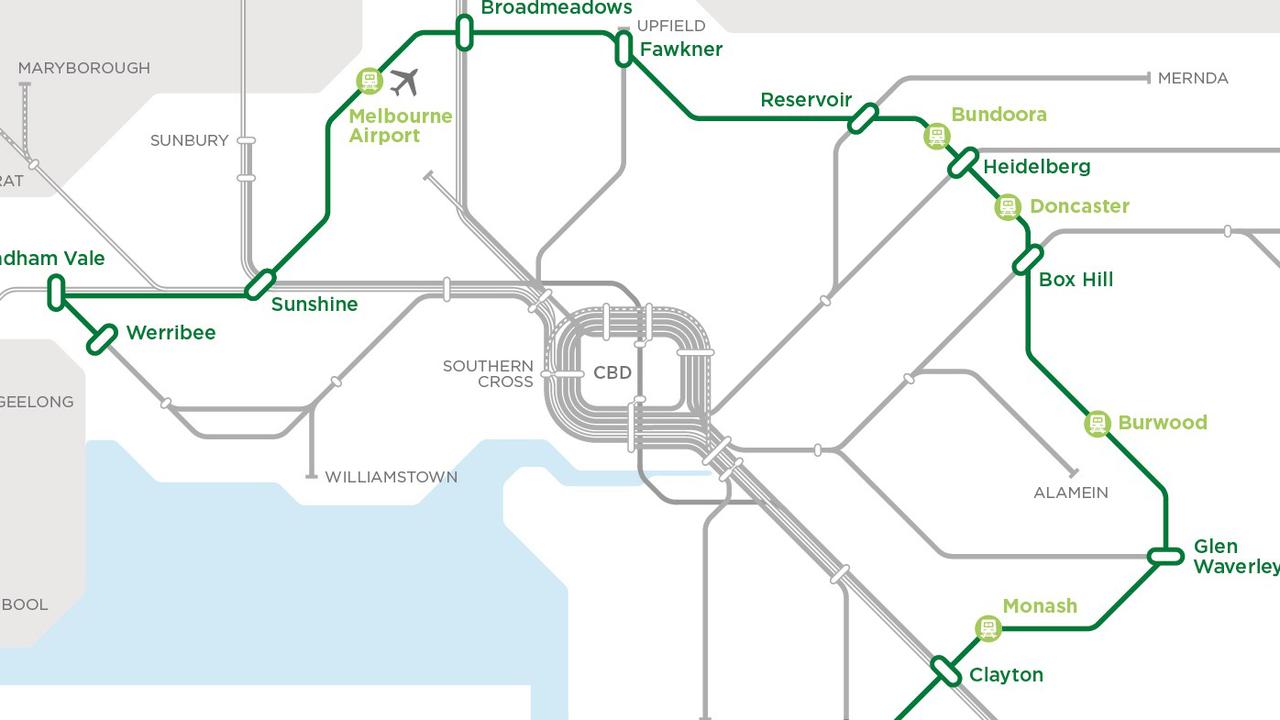
That’s because Sydney’s progression on creating three distinct zones for the city — a coastal city based around the current CBD; a central city focused on Parramatta and a western city with multiple hubs including Penrith, Liverpool and the new Western Sydney Airport.
The aim being that residents should be able to live, study and work in suburbs that do not require a lengthy commute.
“Melbourne is behind on the extent to which there is high density employment and residential living around key transport hubs. That’s where Melbourne needs to catch up to Sydney.
“Melbourne is still more centralised than Sydney. There’s nothing like Parramatta in Melbourne yet, Parramatta is one of a kind in the Australian context,” he said.
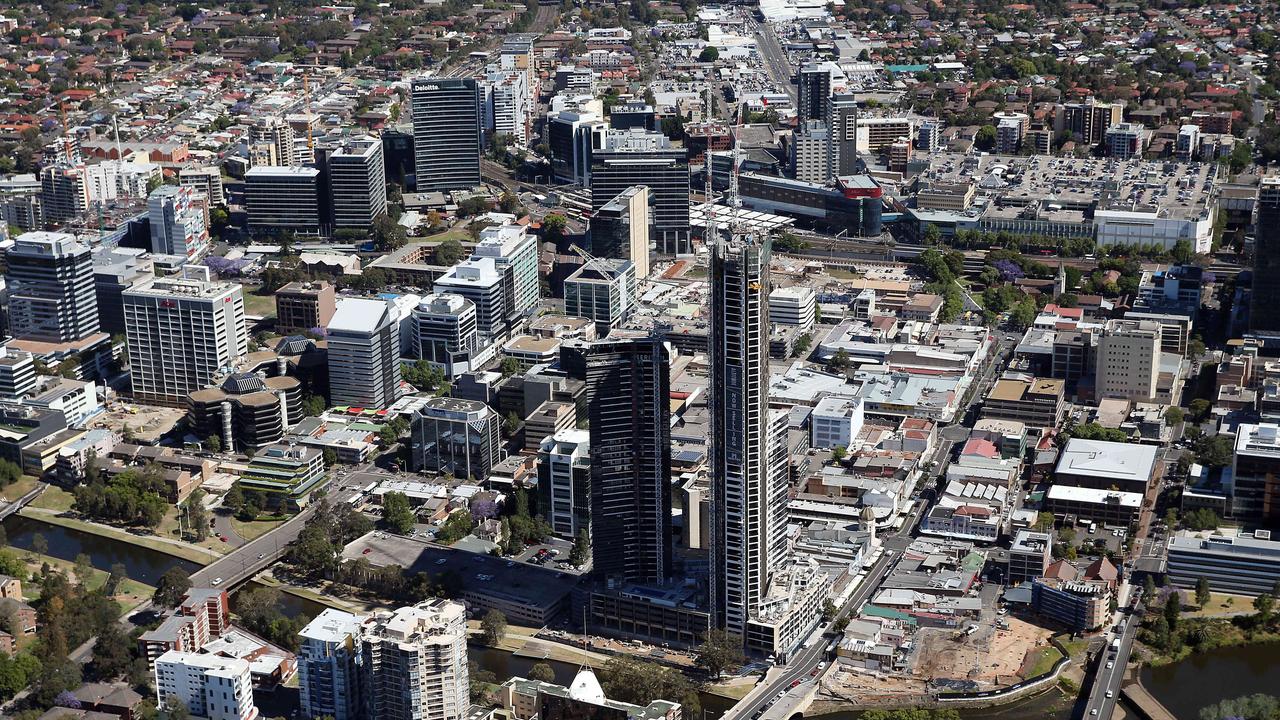
‘CHEAP POLITICAL POINTS’
Melbourne may be behind with new road and rail projects but it’s far from being in a situation of infrastructure inertia.
$11 billion is currently being spent on the new Melbourne Metro rail tunnel through the CBD that will open in six years. The state government has also announced plans for a rail link to Melbourne Airport and an outer suburban rail loop so commuters don’t have to go into the city centre to cross the metropolis.
Meanwhile, the Federal Government is championing a multi-billion dollar fast rail link between Melbourne and Geelong.
Minister for Transport Infrastructure Jacinta Allan rubbished Mr Tudge’s comments.
“(He) has been busy trying to score cheap political points — he’s obviously missed a few things that have been happening in his home state,” she told news.com.au.
“He’s missed the removal of 29 dangerous and congested level crossings, the extension of the Mernda train line, works on Hoddle St, Yan Yean Road, Chandler Highway, Thompson’s Road and the list goes on.
“The Metro Tunnel project, the North East Link, the West Gate Tunnel — are multi-billion dollar city shaping projects we started on our own.
“Building infrastructure is above politics it is what keeps our city and state moving — and we look forward to continuing the constructive conversations we’ve had with the Prime Minister and Deputy Prime Minister and working together to get things done,” Ms Allan said.
In the respected annual index of most liveable cities, produced by The Economist newspaper, Melbourne is in second place. But its crown has slipped and in the last couple of years Vienna has nabbed its previous top spot
And Sydney is snapping at its heels as, from 2019, the world’s third most liveable city.


